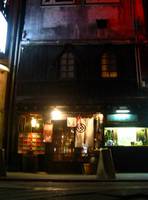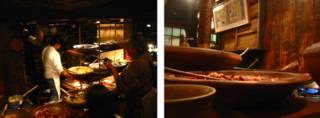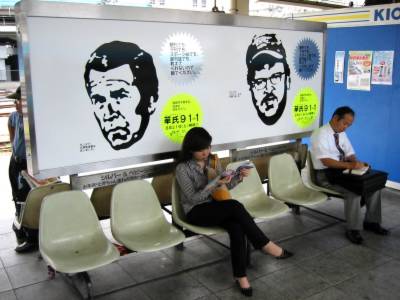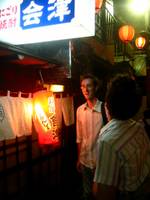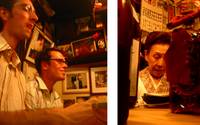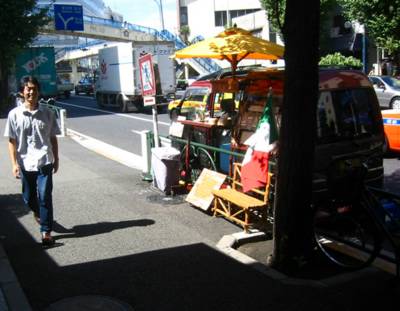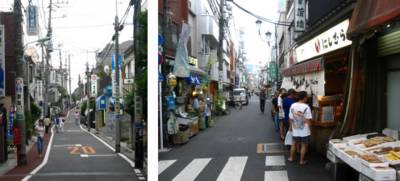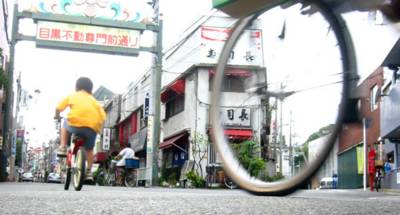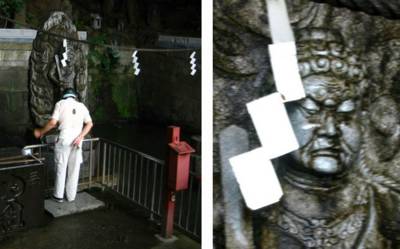the tower

mount fuji is supposed to be visible from tokyo on clear days, in southwestern direction. but during those previous two months I could never catch a glimpse of japan’s highest. most japanese I met have never climbed it. “it’s a mountain to look at, not to climb"...

shinjuku station, tokyo, saturday night, around 7pm. it has been raining the whole day, most of japan is covered by the wet tail of a typhoon. but we don’t have much of a choice – the seventeen huts along the six hours hiking trail close after august, so this weekend is our last chance. coworker katosan and and his girlfriend maki join us. from shinjuku, a bus takes us directly to gō gō-me (“the fifth station”), halfway up the volcano, in the dark. just like most hikers we choose to climb fujisan at night, to reach the summit for the classic sunrise. I’ll be on top of mount fuji before having seen it. no one of us has ever hiked at night before. we’re all excited. it’s around ten thirty when we leave the last vending machines behind.
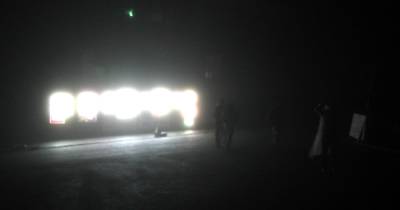
fifth station vending machines
after a while, we switch off our headlights, and let our eyes adjust to the night. pure magic. dark outlines of measureless valleys and slopes, veiled in mist, fresh smell of wet trees and rock, silence, only a light drizzle.
climbing out of the forest, we get a wider lens on the situation. looking back, the lights of other climber’s torches resemble a line of fireflies trailing up the volcano scree. and up, way up, the lights of the huts suggest something huge. impossible to get an idea of depth or height. very hard to describe.


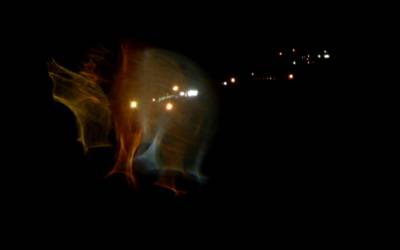
up there
heavy “how did they get those up here” steel bearing walls and stabilizing structures shape the highway to heaven. here and there, steps are cut out of the rock, or handrails are provided. the higher we get, the more fujisan feels like a man made structure, like the steps up to a shrine for giants. reminds me of the tower, one of schuiten’s “obscure cities”, based on breugel’s tower of bable. as opposed to breugel, who presents the tower as a gigantic structure in the distance, schuiten takes us inside and tells the story of giovanni batista, a lonely maintainer of a tiny part of the tower. batista only knows his little world, suspended between abyss and towering heights. he sends regular reports to his superiors on the upper levels, and awaits a visit from them. up to a certain day, when he decides to leave his sector and find out what’s going on above. don’t remember if batista finally made it to the top, but I definately remember the dark and overwhelming power of the unknown ‘up there’.
these are the things one thinks about during the first couple of hours.
but gradually air gets thinner, heads lighter, rains heavier. the path changes from a relatively gently climbing dirt road to a steap staircase of sharp lava rocks. and gets more crowded - you'll never walk alone on mount fuji. tomo loses balance once but holds on.
our ridiculously thin raincoats are no match for the rain. we get completely soaked. another hour or so later, I can only think of the freezing cold, of the next rock to place my foot on, and of the freezing cold.

hiking buddies katosan and makisan
I’ll never forget tomo’s face in my headlight as we’re trying to think straight and decide what to do, under the dripping awning of a hut. superpale, eyes and lips purple, shaking. sure mine looked exactly the same. but we’re lucky. unlike all the previous huts, this one has some empty beds. decision is made very quickly. staying up for the rest of the night in this apocalypse is not an acceptable alternative to a wooden roof, a bunk bed, a sleeping bag, and a dry t-shirt...
sunday morning, 7am, check out time. we slowly realize where we are. eighth station, at 3100m, still at least two hours from the top. it’s still raining, even more... intensity. the air is brighter, of course, but the visibility is hardly better than on the way up. not much of a sunrise we missed.
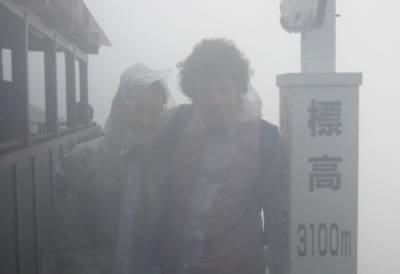


soon we start the descent. a little demanding for my brandnew right ankle ligaments. agile samurai katosan skips down the path. with a decent eighth station raincoat and my feet wrapped in plastic bags it’s easier to forget the rain though. incredible how badly prepared we were for this trip.
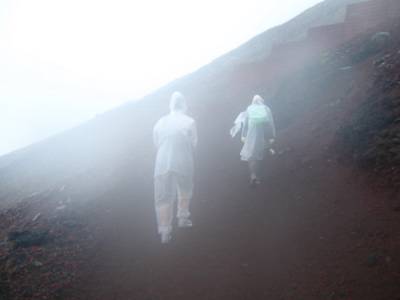
fujinautes trailing back to the fifth station
but no excuses. we're defeated by fujisan. back home, I realize I still haven’t even seen the mountain. revenge next year.



